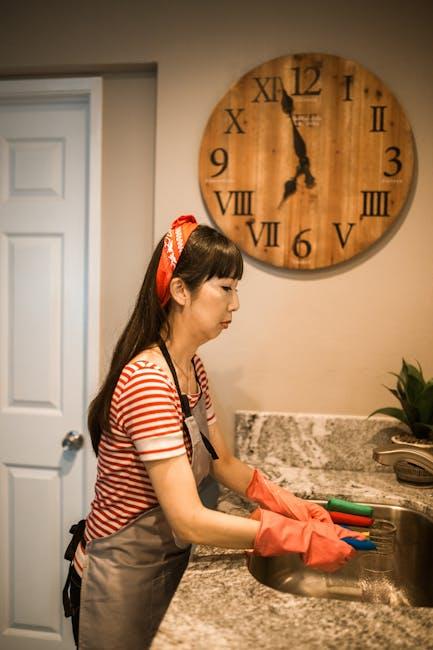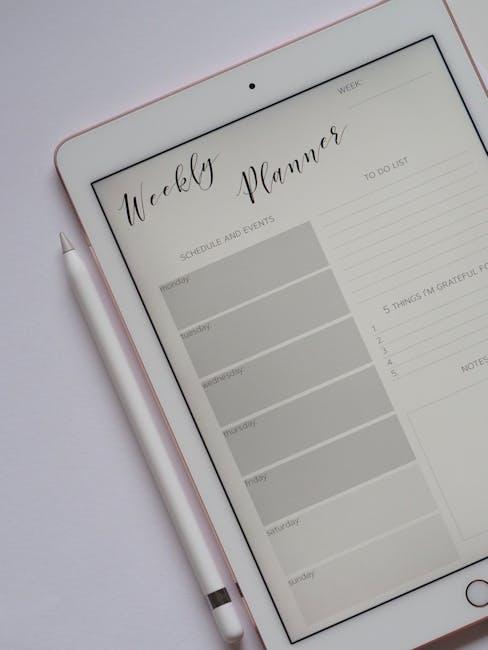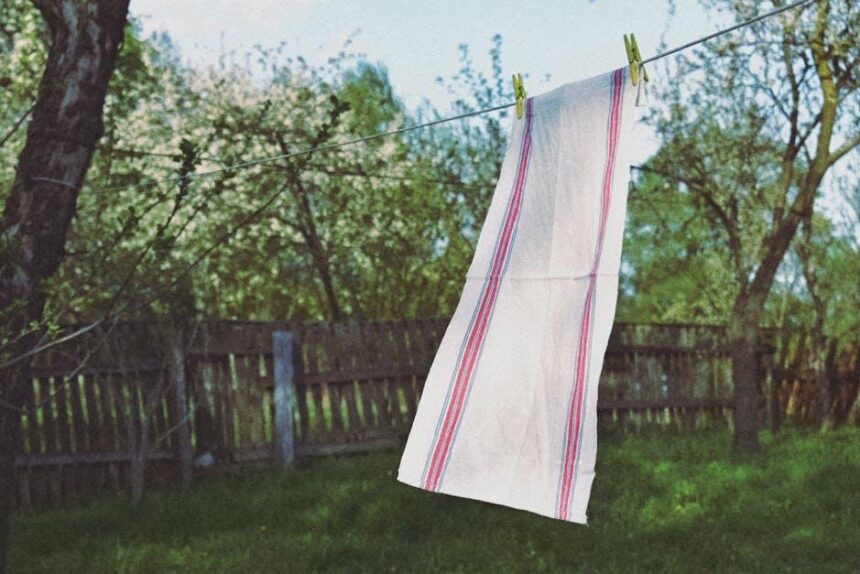In the whirlwind of daily life, keeping a tidy home can often feel like an uphill battle. Piles of laundry, dust gathering in corners, and that ever-elusive “clean kitchen” vibe seem to slip away before you know it. But what if the secret to maintaining order isn’t about spending hours scrubbing on the weekend, but about weaving cleaning seamlessly into your routine? Crafting a cleaning schedule that you’ll actually follow isn’t just about discipline-it’s about creating a manageable rhythm that fits your lifestyle. In this article, we’ll explore practical strategies to design a cleaning plan that sticks, saving you time, stress, and that nagging feeling of falling behind.
Crafting a Realistic Cleaning Plan Tailored to Your Lifestyle

When building a cleaning plan that truly fits your lifestyle, it’s important to consider your daily energy levels, work schedule, and personal preferences. Instead of forcing yourself into an unrealistic routine, start by identifying your peak productivity times. Are you more active in the morning, afternoon, or evening? Aligning cleaning tasks with these natural rhythms makes it easier to stay motivated and consistent. Remember, less is more-breaking down chores into small, manageable chunks rather than tackling everything at once prevents overwhelm and burnout.
Customizing your plan can also benefit from a smart prioritization system. Use the following checklist to balance essential deep cleaning with daily maintenance:
- Daily: Quick tidying, wiping surfaces, and washing dishes
- Weekly: Vacuuming, mopping, dusting, and bathroom cleaning
- Monthly: Decluttering, cleaning appliances, and organizing storage spaces
| Task | Frequency | Approximate Time |
|---|---|---|
| Dishwashing | Daily | 10 mins |
| Vacuuming | Weekly | 20 mins |
| Decluttering | Monthly | 30 mins |
Adjust this framework by incorporating activities you enjoy or swapping out tasks with others that fit better into your routine. Flexibility is key-your plan should evolve alongside your lifestyle, making cleanliness a natural and stress-free part of your everyday life.
Prioritizing Tasks for Maximum Efficiency and Impact

Start by identifying which cleaning tasks create the biggest impact in your living space. Focus on areas that influence daily comfort and hygiene the most, such as kitchens, bathrooms, and high-traffic zones. Use a simple categorization approach to separate tasks by urgency and frequency. This will help you avoid feeling overwhelmed and ensures that urgent messes aren’t neglected. Keep in mind that small, consistent efforts often trump sporadic marathon cleaning sessions in maintaining a pleasant home environment.
Creating a visual priority matrix can streamline decision-making and enable quick adjustments when your schedule shifts. Consider the table below to classify tasks by their importance and effort required, helping you allocate time more wisely:
| Task | Impact Level | Time Needed | Recommended Frequency |
|---|---|---|---|
| Wipe kitchen counters | High | 5 mins | Daily |
| Vacuum living room | Medium | 15 mins | Twice a week |
| Clean windows | Low | 30 mins | Monthly |
- Review and adjust your priorities weekly to stay aligned with any changes.
- Group similar tasks together to save time and mental energy.
- Utilize reminders or apps that help track progress without adding stress.
Incorporating Flexibility to Keep Your Schedule Manageable

Life is unpredictable, and a rigid cleaning schedule can quickly become overwhelming and unrealistic. To maintain a manageable routine, it’s essential to build in flexibility that adapts to your day-to-day demands. This means allowing yourself the freedom to swap tasks between days, shorten or extend cleaning times based on how much energy you have, and even designate “catch-up” days for when things don’t go as planned. By giving yourself this breathing room, you’ll reduce stress and increase the likelihood of sticking with your schedule long term.
Consider creating a buffer within your week by incorporating light, low-effort tasks that can slide easily around busier commitments. For example, dusting, tidying surfaces, or wiping mirrors can be done in short bursts on particularly hectic days. Here’s a quick guide showing how flexibility can be integrated into a weekly plan:
| Day | Primary Task | Flexible Options |
|---|---|---|
| Monday | Vacuuming | Dusting, Wiping counters |
| Wednesday | Cleaning Bathrooms | Light tidying, Mirror cleaning |
| Friday | Mopping Floors | Decluttering, Laundry |
By allowing tasks to be interchanged and scaled to fit your lifestyle, you create a dynamic schedule that feels achievable rather than daunting. This adaptability not only helps you maintain a clean living space but also supports your overall well-being by minimizing frustration and burnout.
Using Tools and Technology to Stay on Track Consistently

Embracing modern tools and technology can transform the way you approach your cleaning routine, ensuring you stay on track without feeling overwhelmed. Mobile apps designed for task management allow you to set reminders, track progress, and even break down larger cleaning jobs into manageable daily tasks. For instance, apps like Todoist or Tody let you customize your schedule, send notifications, and provide motivational streaks to reinforce habits. Smart home devices such as robotic vacuums or smart timers can also lighten your workload by automating repetitive chores or reminding you when it’s time for specific tasks, so you never miss a beat.
Here’s a simple comparison to help you choose the right tech helper for your cleaning schedule:
| Tool | Best For | Unique Feature |
|---|---|---|
| Todoist | Task management | Customizable reminders & priority levels |
| Tody | Cleaning-specific scheduling | Task delegation & progress tracking |
| Robotic Vacuum | Automated floor cleaning | Scheduled cleanings & app control |
By integrating the right tools, your cleaning habits become less of a strain and more of an efficient routine, allowing you to focus on the satisfaction of a spotless space while technology handles the nagging reminders.
Insights and Conclusions
Creating a cleaning schedule that sticks doesn’t have to be a chore in itself. By tailoring your plan to fit your lifestyle, setting realistic goals, and allowing for a bit of flexibility, you pave the way for a tidier, more organized space without the overwhelm. Remember, the best cleaning schedule is one that feels less like a burden and more like a helpful rhythm woven seamlessly into your day. So, grab your calendar, prioritize what matters most, and start crafting a routine that you’ll actually look forward to following-because a little planning goes a long way in turning cleaning from a task into a habit.














